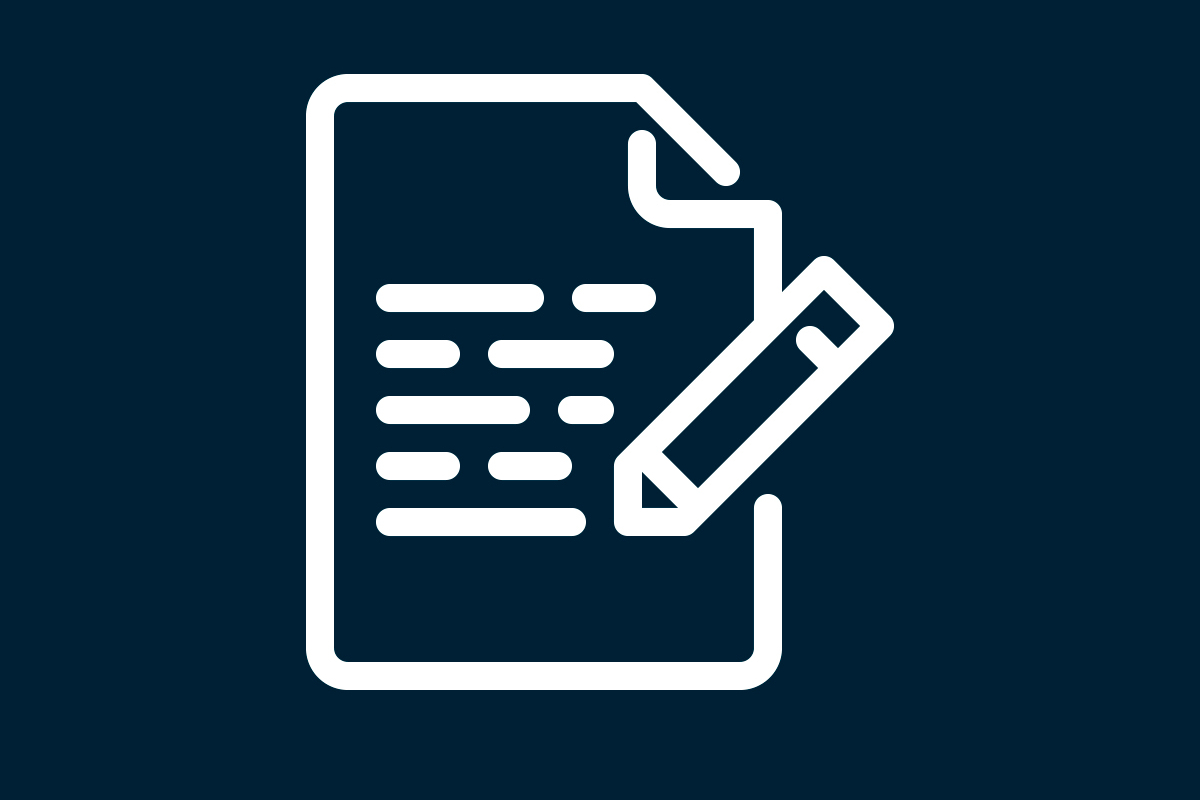Simple steps to optimise your documentation for translation
If your company wants to market its products abroad, it goes without saying that you’ll need your documents translated into other languages. Regardless of whether the translations are being completed in-house or outsourced to external agencies, the basic requirements are the same:

Source text quality is key
When it comes to translation, many companies fail to see the broader picture, focusing most of their efforts on finding the right agency for them. This choice is usually made based primarily on their requirements in terms of subject-matter expertise and price comparisons.
What many fail to realise is that the costs and timescales for their translation projects can be significantly reduced if the original text (or source text) has been optimised with the translation process in mind. This means:
- optimising the text for computer-aided translation using a Translation Management System (or TMS); and
- ensuring the text is clear and comprehensible, so that the translator can put it into the target language without too much additional research.
So how do you do that? In fact, all that’s needed is to follow a few basic principles that all technical writers are used to applying in their ‘usual’ work. These principles are just all the more important when the text is being sent for translation.
How does a TMS work?
In order to better understand the requirements for computer-aided translation, it is first important to know that a TMS is a database that stores segments of previously translated content. The TMS divides the text into segments, looks for similar content in the database (known as ‘matches’) and suggests translations, which the translator then checks and approves, or if necessary adapts for the text in question. A TMS usually uses sentence-based segmentation, meaning each sentence equates to one segment. Within a sentence, certain elements that belong together will be identified as tokens, e.g. the date ‘6 February 2020′ will be treated as a single unit rather than ‘6′, ‘February’ and ‘2020′. Conversely identical texts with different formatting will usually be treated as different segments.
Using this information, it is easy to identify ways to make your text better suited for computer-aided translation and less time-consuming for a translator to work on. Fundamentally, clarity and consistency in your choice of words and phrasing are key.
Sentence structure
- Short sentences, preferably without passive constructions, are best, as these are easiest for human translators and computers to decode.
- Main and subordinate clauses must be structured in a way that is simple and logical. A main clause should have no more than one subordinate clause. This is especially important, as the TMS segments both the source and target language in the same way.
Consistency of phrasing and terminology
- The same content should always be conveyed using the same phrasing, e.g. instructions always in the imperative.
- The same applies to terminology: If a different word is used to refer to the same item, the TMS will automatically treat this as new content. The translator must then check whether the term refers to new item/concept or is simply an alternative to a term used previously.
- Any differences in spelling (including typos) will mean that the TMS doesn’t identify a segment as an exact match with previously translated content.
Clarity of meaning
- As well as being used consistently, terms must have a single clearly defined meaning. The whole term must also be used rather than any abbreviated forms. There are a whole host of words that can prove problematic, not least words with double meanings and unnecessary filler words, so keep it simple.
- Pronouns can also prove problematic when the noun they represent (antecedent) does not appear in the same sentence. The connection must therefore be made as explicit as possible, both between sentences and across paragraphs.
E.g.: “Switch off the device. Let it cool down before…” -> “Let the device cool down before” Using the full term guarantees that the second segment will be correctly matched to any previously translated content in the TMS. - Wherever possible, measurements, units, examples and references should be suitable for an international target audience.
Graphics and symbols
Graphics and symbols should also be chosen carefully and be as culturally neutral as possible, to avoid them needing to be localised for the target audience.
For graphics containing text, it is also a good idea to ensure the text for translation does not form part of the graphic – e.g. including it as a legend or at least ensuring it can be edited separately from the graphic artwork (using appropriate content management tools).
How can the layout and formatting be optimised?
In addition to content considerations, there are a couple of formatting requirements that must be followed to make the text easier to process with the TMS.
- Sentences should not be split with special formatting such as numbering, tabs or line breaks. These prevent the text from being segmented correctly. Content displayed as a table should also be properly formatted as a table, not created using tabs or spaces.
- Different formatting templates will mean that the same text is not identified as a match by the TMS. When the context is the same, it is therefore important to apply the same formatting templates.
- Content that is not for translation must be marked up appropriately, so that it can be excluded when processing the document in the TMS.
- The layout must allow sufficient space for the target language text, e.g. no fixed row heights in tables.
Ultimately, the more comprehensible, consistent and standardised the source text, the more cost-efficient the translation, because you reap maximum benefit from the automated processes and human translators spend less time researching and checking. It is also a good idea to provide the translator with reference material such as terminology, lists of abbreviations, glossaries and – most important of all – a reference copy of the original source document, so that they can see the text for translation in context.
Other articles from Quanos
This might also interest you

„Doku-Lounge“: Auf dem roten Sofa mit Kerstin Berke und Philipp Eng
Moderatorin Kerstin Berke und Marketingspezialist Philipp Eng sind das Duo vor und hinter dem Mikro der „Doku-Lounge“…